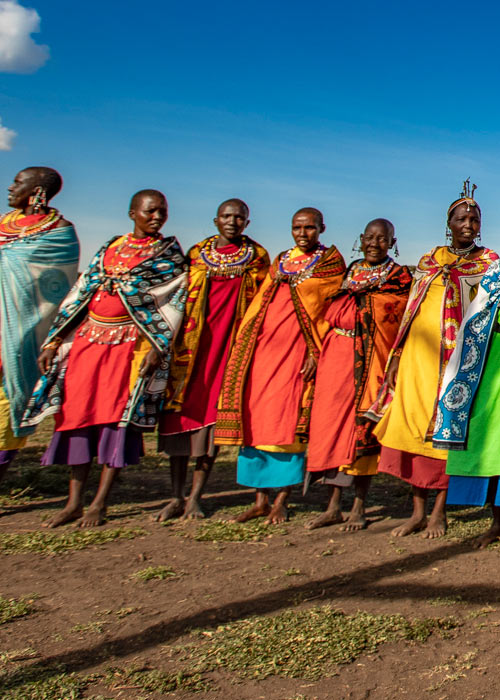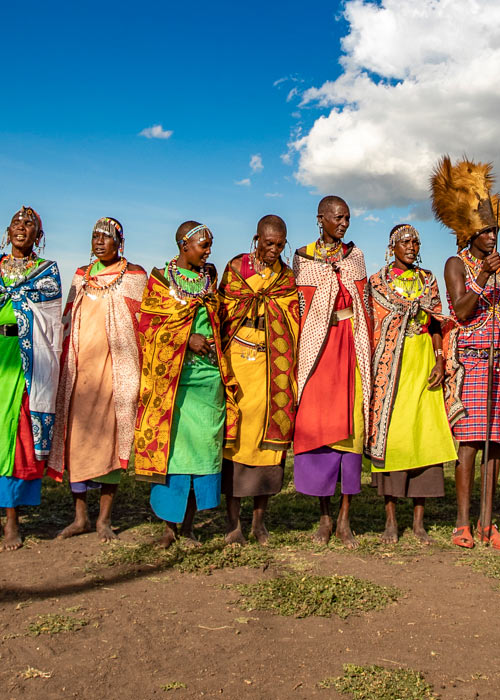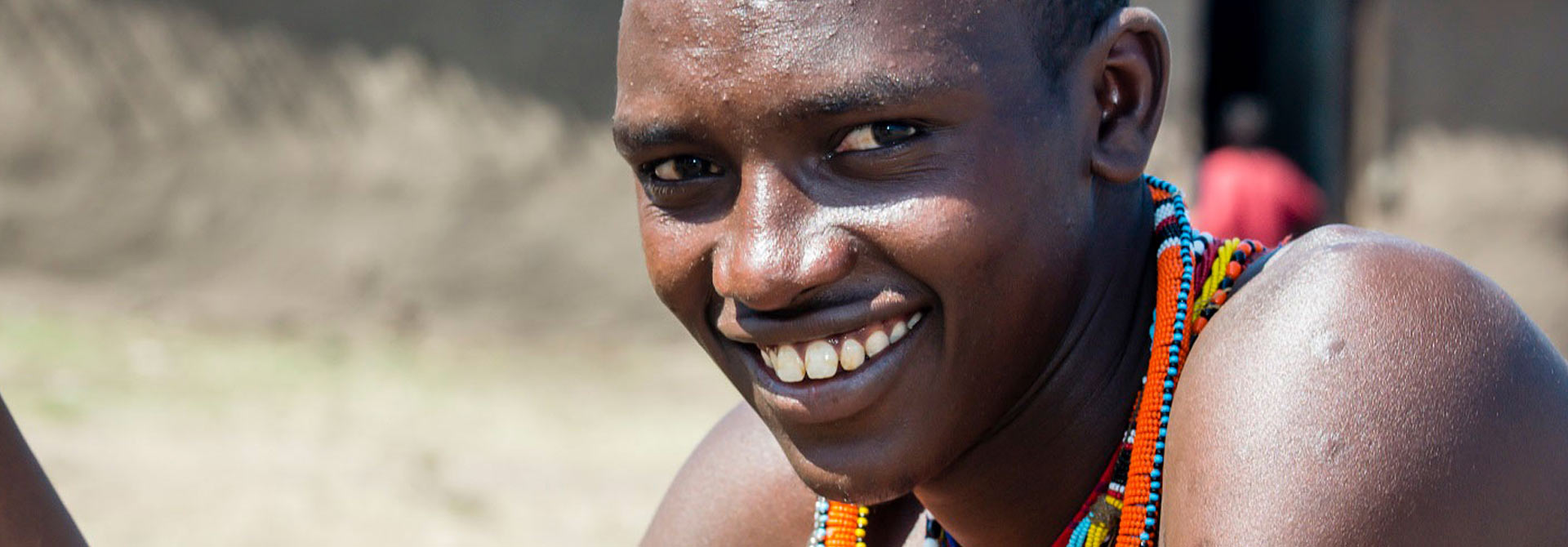Maasai People
The Maasai are Kenya’s most well known tribe. Proud, tall and beautifully dressed in their characteristic red shukas they are incredibly distinctive as they herd their cattle.
Game walking is an amazing experience. It gives you an intense feeling of the greatness and the astonishing Masai Mara Ecosystem. Walk almost quietly through the diverse arrays of grasses and enjoy the fresh smell of the plains and the prickly heat of the sun.The Maasai are pastoralists and cattle are at the centre of their culture and social life. Every man strives to keep as many cows as possible as they represent the owner’s wealth and status within the society. It is said, that the Maasai believe that all cattle on the earth belongs to them and as such they still occasionally go on cattle raids to retrieve herds from other tribes, which they believe must have been taken from them long ago. As pastoralists the Maasai have never hunted the wildlife, as they survive off their own livestock.
Children are much loved and the very centerpiece of the Maasai society. A man without cattle is poor. But a man without children is truly poor. When visiting the local village, guests meet children in all ages. Hiding and giggling behind their mothers or older siblings skirts.



Land and People
The word Maasai means speaker of the language Maa. The Maasai are nomadic people who originally came from an area north of Kenya. Although the exact location is not known it is thought that they came from southern Sudan and the Nile Valley. They began to migrate south and east about 500 years ago.
Historians believe that the Maasai settled in the Masai Mara during the middle of the 18th century and settled as the area provided ideal grazing for their cattle. With the colonization, Europeans brought death and disease and the Maasai people were seriously affected by diseases such as small pox and cholera. The Europeans also brought diseases with them such as rinderpest which wiped out much of the Maasai cattle population as well as many herbivores as wildebeest and buffalo.
From the early 1980s the Maasai were given permission to re-inhabit their traditional homeland ranches around the Masai Mara National Reserve. The Kenyan government subdivided the areas of the Mara Triangle, Olore Orak and Mara North Conservancy (which were previously group ranches) into individual parcels with title deeds assigned to individual Maasai families.
The majority of Maasai living in the Mara North Conservancy still practice their traditional way of life and live in small cow dung huts, behind the relative safety of the thorny acacia fenced bomas. Although the benefits of modern life such as healthcare clinics, schools and access to safe water can be seen throughout the area; life still offers many challenges. Only a limited number within the community have access to these benefits. The majority still depends on traditional medicine, water is collected at small springs, and for many children, who have the opportunity to attend school, the journey is long and the possibility of a close encounter with lion, elephant, or buffalo is always a threat.

Start Planning Your Safari
Let us help you plan your trip, efficiently and at the best rates. Get in touch with your inquiries or book instantly if you are a return guest. We look forward to be of assistance.






